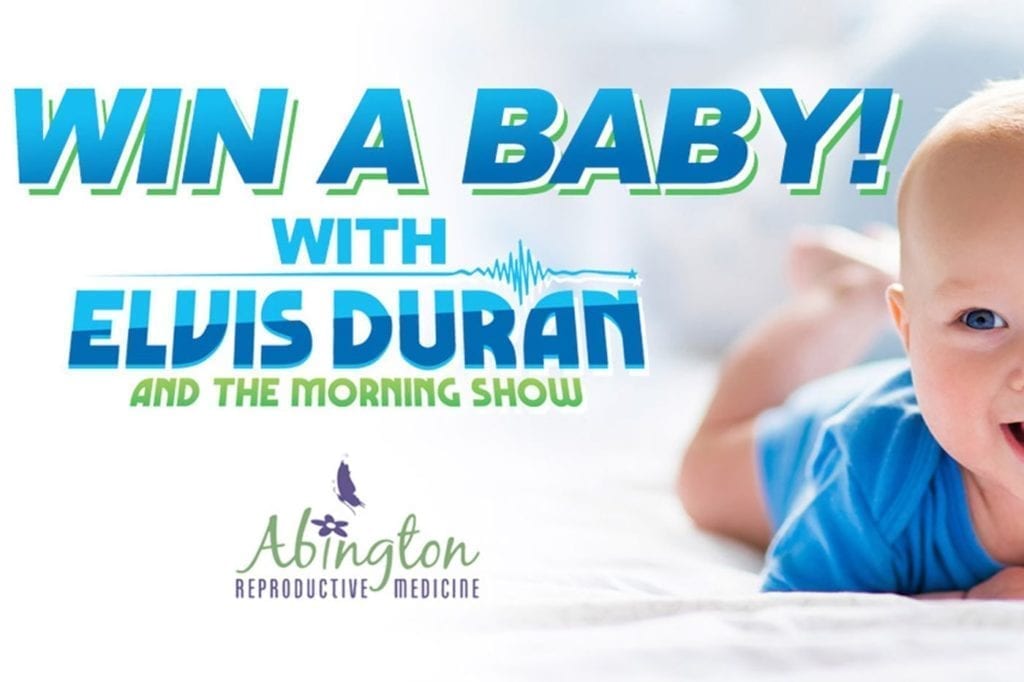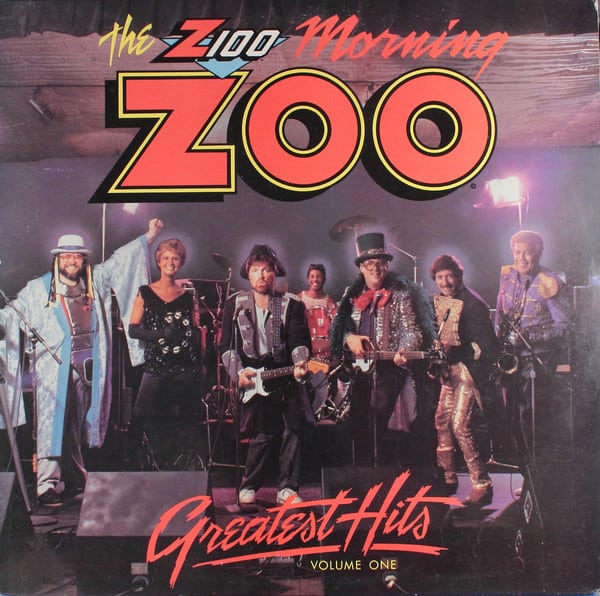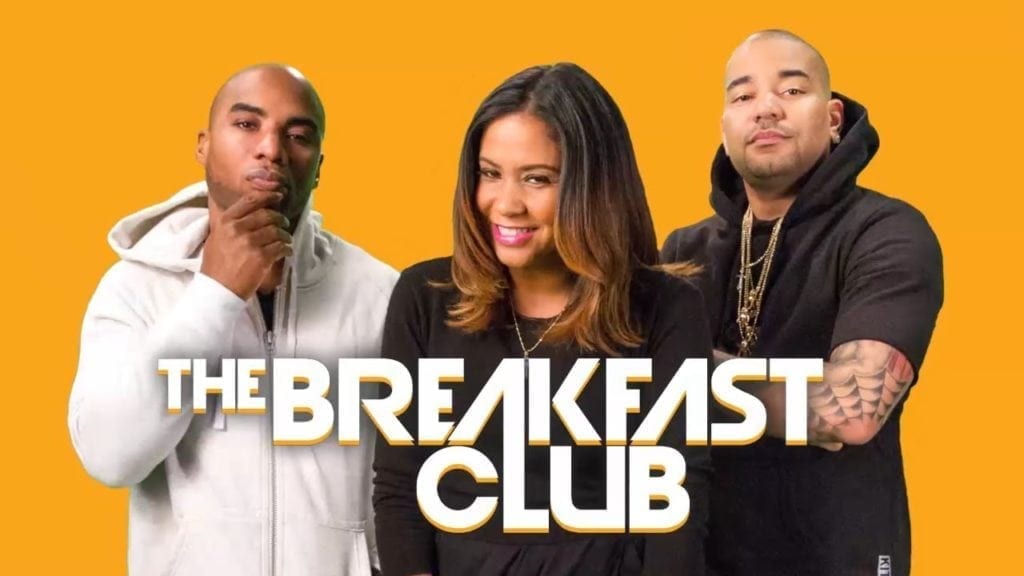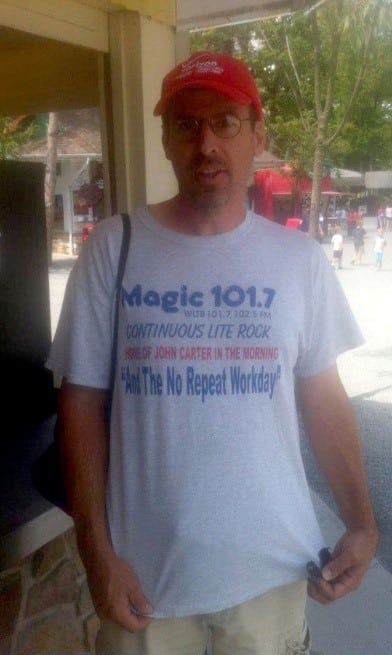 We consider ourselves fortunate to work with some of the most strategic minds in the audio entertainment space. But even the most seasoned strategists fall into the trap of what we call “Inside Thinking”—when you get too close to the product for your own good and are unable to see it through the lens of your customers.
We consider ourselves fortunate to work with some of the most strategic minds in the audio entertainment space. But even the most seasoned strategists fall into the trap of what we call “Inside Thinking”—when you get too close to the product for your own good and are unable to see it through the lens of your customers.
In contrast, “Outside Thinkers” adopt a more strategic perspective. They understand that customers lead busy, distracted lives and their products are generally not nearly as important as Inside Thinkers may believe. While this is an ongoing challenge for those working in every industry, not just radio, we see examples of Inside Thinking continue to manifest themselves in the radio industry. Many are simply force of habit.

We have collected a list of things Inside Thinkers tell us. We call them deadly sins because if you really believe them they will lead you to damnation as a programmer. Radio people have said these things for decades and just continue to do so. But these examples are also dangerously unstrategic and create unnecessary friction and obstacles to growth.
So, without further adieu, here’s a countdown of the seven deadly sins of nonstrategic thinking (as Casey would say, we’re working our way to #1!):
- “As soon as we did that, our numbers went up.”
There are some pretty fantastic tools to analyze your ratings, and it’s just human nature to want to prove in short order that something worked. You added a new song category every hour. You ran a social media campaign. You debuted a contest. You put a new jock on the air.
There are instances of clear correlation and causation between on-air product and ratings. Major weather events often result in bumps for news stations. Local sports teams in playoffs and championships often result in a ratings kiss for sports stations.
But far too often, a correlation is made between more subtle moves and ratings success in which no causation exists.
- “But it tested great in our music test.”
If “Stairway to Heaven” tests great for an Urban station, should the station play it? Should an AC station play “Sweet Child of Mine” if it tests?
You should not just throw anything into your music test. Ideally, the songs you choose to test will be guided by a strategy determined in perceptual research. But even in the absence of perceptual research, the songs in the test should be guided by your vision or strategic design of the station. Just because it tested great does not mean listeners want to hear it on your station.
- “The morning show is gaining traction. I can feel it.”
Programmers generally should (and do) have an instinctual feel for whether or not the shows on their stations are hitting the mark or not. But when this phrase is uttered just weeks or months into a show’s development as it relates to ratings results, it is unstrategic. Shows take time to develop and the true measure of whether or not a show is gaining traction will take at least a year or two.
- “Ratings went down, so we made some music adjustments.”
First, you should generally not make any programming decisions, whether in regards to music or talent, based on one ratings period. Always keep your strategy in mind and make decisions based on that design. Ideally it will be informed by strategic research, but either way, ratings should be evaluated over a longer stretch of time that accounts for wobbles.
- “We just play the hits, that’s what I was taught!”
Similar the point in #6, it’s far more complicated than playing the hits. Not every hit will fit your station’s strategic design. Yes, you want to play the best songs. But you want to play the right best songs. “Hits for who?” one of my favorite bosses used to ask.
- “My wife/daughter/brother doesn’t like it.”
Think twice before saying this to someone in the programming department at a radio station as your rationale for wanting something changed, like a song, contest or piece of imaging. Sure, organic feedback is great. But using an example or two, especially if it is a relative, as a reason for a programming change, is a big no-no. Conducting “unfocused” groups at your dinner table will only ensure that the real target audience is overlooked.
- “Of course the audience knows that.”
A classic mistake of Inside Thinkers assumes your consumer is aware of something because you are. Your listeners spend far less time with your radio station than you and are less likely to know the names of your air talent, be familiar with your contests, recognize a benchmark, be aware of subtle branding changes, and so on. All the audience really knows, if you are lucky, is they turn on this station for Rock or that one for Country. Never assume they are sitting on the edge of their seat waiting to hear what you have to say next.
There you have ‘em, the Seven Deadly Sins of Nonstrategic Thinking. The sin of it is, we have all said something along these lines over the years. Our hope is that we all go “outside” and eliminate these phrases, shall we? I promise nobody will miss them.







